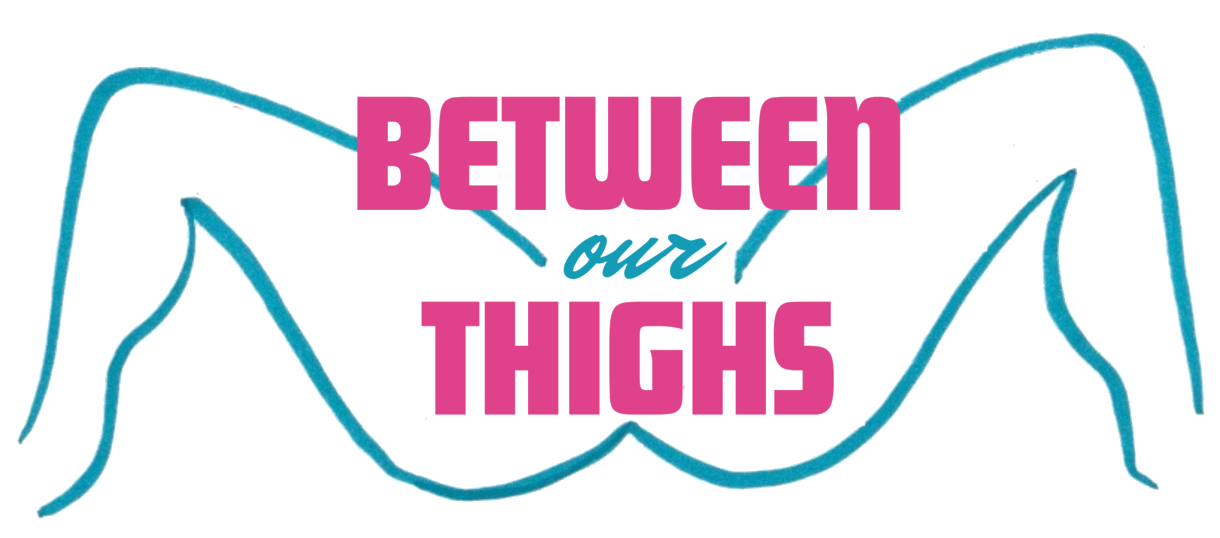Trauma Bonds and Understanding The Emotional Ties That Hold Us Back
CONTENT WARNING: This article contains dialogue on abuse. Reader discretion is advised.
*****
Have you ever felt deeply connected to someone, even though the relationship feels toxic or harmful? This paradox is at the heart of trauma bonds—a powerful emotional attachment that develops in abusive or highly volatile relationships.
These bonds can leave you feeling confused, trapped, and yearning for change while struggling to break free. Understanding trauma bonds is the first step toward reclaiming your emotional well-being and fostering healthier relationships.
By exploring their roots, effects, and pathways to healing, you can empower yourself to move forward with clarity and confidence.
What Are Trauma Bonds?
Trauma bonds form in relationships characterized by cycles of intense highs and lows, often involving abuse, neglect, or manipulation. These emotional ties develop as a coping mechanism when someone experiences intermittent reinforcement—a psychological pattern where affection, attention, or relief follows periods of pain or stress. The unpredictability creates a deep attachment, as the moments of love or kindness become intensely rewarding amidst the chaos.
The brain plays a significant role in solidifying these bonds. Dopamine surges during positive interactions provide a sense of relief and euphoria, making it hard to let go of the relationship despite the underlying harm.
Additionally, individuals in trauma-bonded relationships may rationalize abusive behaviour to preserve the connection, convincing themselves that things will improve or that the abuser’s actions are temporary. This cycle often leaves people feeling powerless, as the emotional hold can feel unbreakable.
How Trauma Bonds Develop
Trauma bonds are rooted in psychological patterns that stem from both past experiences and the dynamics of the relationship itself. For many, early exposure to unstable or neglectful relationships, such as those with caregivers, sets the stage for forming similar attachments in adulthood. This conditioning creates a subconscious belief that love and pain are intertwined.
Within the relationship, the abuser often uses manipulation to maintain control, alternating between affection and mistreatment. This inconsistency leaves the victim constantly seeking validation, hoping to return to the ‘good moments’ while enduring the bad. Over time, this behaviour becomes normalized, and breaking away feels increasingly difficult…even impossible.
Moreover, feelings of fear or dependence—financial, emotional, or otherwise—can further cement the bond, making it hard to envision a life outside the relationship.
Recognizing the Signs of Trauma Bonds
Identifying trauma bonds is crucial for understanding the dynamics of an unhealthy relationship. One key indicator is the feeling of being trapped—knowing the relationship is harmful but feeling unable to leave due to fear, guilt, or emotional dependence. People in trauma-bonded relationships often minimize or dismiss the abuse, focusing instead on the positive aspects of the connection.
Another common sign is confusion about the abuser’s behaviour. The unpredictability of their actions—being kind one moment and cruel the next—creates a sense of emotional instability. This cycle keeps the victim on edge, constantly seeking ways to appease their partner to avoid conflict. Additionally, individuals in trauma bonds may experience isolation, as abusers often work to sever ties with supportive friends and family, leaving their victim dependent on them for emotional support.
The Impact of Trauma Bonds on Relationships
Trauma bonds can have devastating effects on both the individuals involved and their ability to form healthy connections. For the victim, these bonds often lead to low self-esteem and feelings of worthlessness, as they internalize blame for the abuse and struggle to assert their needs. This emotional toll can manifest in physical symptoms like chronic stress, fatigue, or anxiety, further deepening the sense of entrapment.
The relationship itself becomes a cycle of dysfunction, with neither party able to address underlying issues. The abuser often reinforces their control through manipulation, while the victim remains focused on pleasing their partner or salvaging the relationship. Over time, this dynamic erodes trust and intimacy, creating a toxic environment that prevents genuine connection. For those attempting to leave, the psychological grip of the trauma bond can make it challenging to establish boundaries or seek help.
Breaking Free from Trauma Bonds
Healing from trauma bonds requires both self-awareness and intentional action. The first step is acknowledging the unhealthy dynamics of the relationship and recognizing that the bond is rooted in trauma rather than love. This realization can be difficult, as the emotional attachment often feels deeply ingrained, but it is essential for moving forward.
Building a support system is crucial during this process. Reconnecting with friends, family, or a therapist provides a safe space to share your experiences and gain perspective. Professional help, such as trauma-focused therapy, can help you unpack the emotional patterns that contributed to the bond and develop strategies for breaking free. Additionally, setting firm boundaries with the abuser—whether by limiting contact or ending the relationship entirely—is vital for protecting your emotional well-being.
Healing is not immediate, but with time and support, it is possible to break the cycle and rebuild your sense of self-worth.
***
Trauma bonds are powerful emotional ties that form in toxic relationships, often leaving individuals feeling trapped and confused. Understanding these bonds involves recognizing their roots in cycles of abuse and intermittent reinforcement, as well as their impact on self-esteem and emotional health. By identifying the signs of trauma bonds and acknowledging their harmful dynamics, you can begin the journey toward healing.
Breaking free from a trauma bond takes courage and support, but it is an essential step for fostering healthier connections and reclaiming your emotional well-being. By prioritizing self-awareness, seeking help, and establishing boundaries, you can empower yourself to overcome these attachments and create a future filled with genuine love and respect.
Exploring and addressing one's trauma bonds is not just an act of self-care—it’s a pathway to building stronger, more fulfilling relationships.




